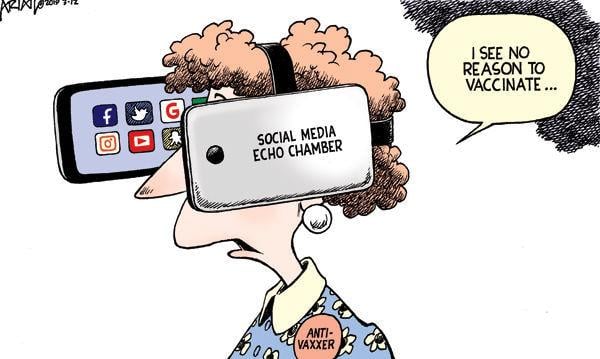Emojis, memes, and reaction gifs are a form of writing—maybe a bizarre opinion, but it’s a hill I’m willing to die on.
And no doubt, writing is a powerful tool. Certainly it’s a factor in determining and perpetuating both stereotypes and power dynamics. Does this mean, then, that memes (and emojis and reaction gifs and various online behaviors) aren’t just harmless jokes but actually powerful tools for easily spreading dis/information, opinions, and ideas?

Tweet saying, “Is digital blackface a form of policing our freedom of expression? Or does it perpetuate harmful stereotypes?”
Well, yeah.
(If you need more convincing, then don’t miss my upcoming post on memetic warfare.)
Now that we’ve laid some groundwork, I’d like to talk about Digital Blackface.
You know, when non-Black people use digital spaces to “try on” Black identity. Sometimes people make entire social media profiles; sometimes it’s as seemingly-innocuous as sending a reaction gif. In both cases, Blackness—as in, Black social identity and culture—is performed in an exaggerated, often harmful and stereotypical way.
I won’t rehash the many, many arguments that have been put out there. More appropriate, more experienced people have tackled this subject. So, especially if this is unfamiliar territory, I definitely recommend you check out their articles. (After you’re done here of course!)
What I do want to do is offer another layer to the conversation.

Tweet from @BriannaABaker saying, “Why is it that when a Black man expresses emotional vulnerability, he’s made into a meme?? #DigitalBlackface” with Google search results for “crying meme” underneath.
Identity commodification is damaging yet simultaneously unseen and ubiquitous. Safiya Noble shows us in her article on Google’s search engine algorithms why this is such a serious problem:
“Black girls are sexualized or pornified in half (50%) of the first ten results on the keyword search “Black girls”… What these results point to is the commodified nature of Black women’s bodies on the web—and the little agency that Black female children (girls) have had in securing non-pornified narratives and ideations about their identities”
Both Digital Blackface and Google’s search engine results commodify Blackness. They give control to non-Black people over the construction of Black identity. I’d say that’s a pretty big deal.






